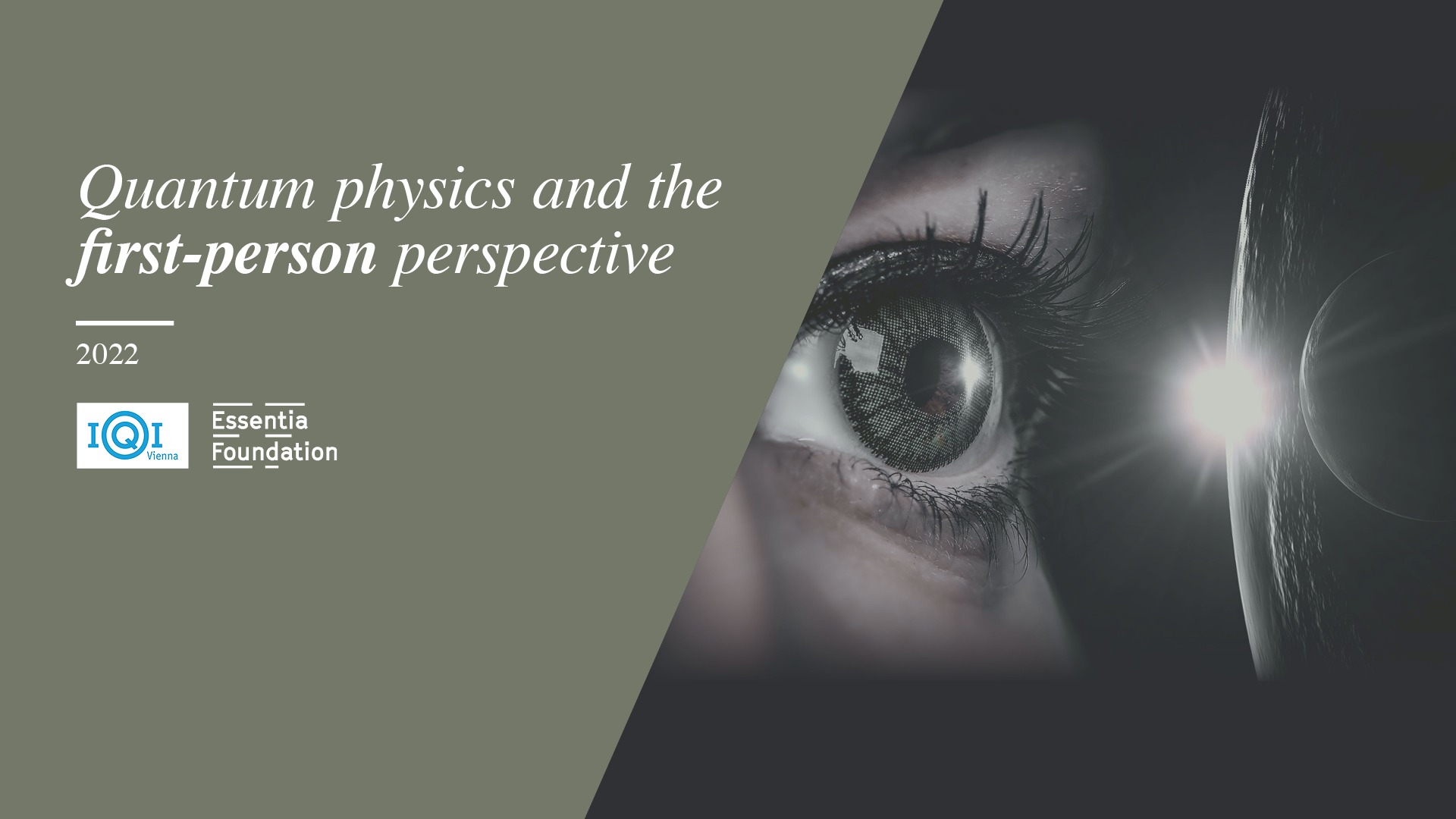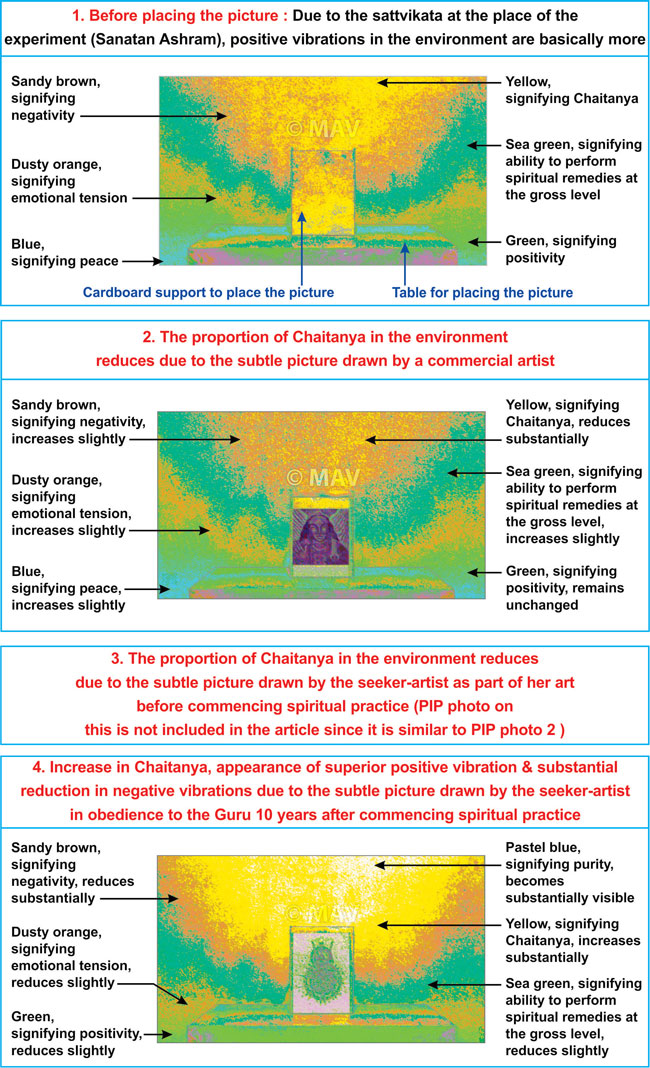It is believed that this organisation and the Essentia Foundation drew something of its inspiration from Multi-Dimensional Science. However, they take on a far more academic and more cautious "scientific" approach towards phenomenology as presented in MDS. See Multi-Dimensional Science
What many might call “spiritual”, “mystical”, “energetic”, etc. experiences and effects, we refer to as emergent phenomena. We refer to practices designed to lead to emergent phenomena, such as meditation, psychedelics, yoga, prayer, etc., as emergent practices.
As emergent practices continue to scale up in society, our aim is to give health care systems, mental health providers, and those who are helping to teach and promote various practices the information they need in order to make better decisions about how to both promote the benefits of these practices and manage the various effects that they can produce.
The Emergent Phenomenology Research Consortium’s mission is to use ontologically-agnostic, multidisciplinary, first-person, psychometric, neurophenomenological, biochemical, and clinical scientific methods to conduct studies on emergent practices and phenomena to generate clinically-relevant information that can add value to practitioners, patients, clinicians, and healthcare systems.
By finding the skilfull overlap of the perspectives of science, spirituality, religion, clinical medicine, and mental health, we can generate outcomes that are as beneficial as possible for all concerned.
Emergent Phenomena
For the moment, and perhaps until we have something better, we use the neutral term “emergent phenomena” to describe a range of effects and experiences, both potentially beneficial and challenging, that would often be referred to as “spiritual”, “mystical”, “energetic”, “magical”, etc. in less scientific and less clinical contexts.
Emergent practices, therapies, and other circumstances likely to yield emergent phenomena, such as meditation, psychedelics, yoga, prayer, and many others are scaling rapidly in many societies, yet clinical medicine and mental health have failed to keep pace with these increasingly popular activities and reports of their diverse effects.
Challenging Emergent Phenomena
The current state of mainstream functional clinical knowledge of the diagnosis and management of emergent phenomena is inchoate at best and sometimes even counterproductive when it exists at all.
For example, leading textbooks of emergency medicine and emergency psychiatry don’t mention emergent phenomena at all.
There are no diagnostic codes in The DSM-5, ICD-10/11, or similar guides in other cultures that are adequate to reflecting the wide range of challenging emergent phenomena.
Thus, there are no mainstream standards of care, no trials comparing management strategies, no standard diagnostic criteria or protocols, and no ways to track the incidence, prevalence, and impact, both good and bad, of emergent phenomena on patients, practitioners, healthcare systems, and societies.
Given the severe knowledge gap we face with regard to emergent phenomena, we’re at risk of violating basic medical and therapeutic ethics when it comes to dealing with these phenomena in practice. There is no way to have an ethical conversation about the risks, benefits, and alternatives of emergent practices and therapies, nor about management strategies for challenging emergent experiences, as these are all functionally unknown to mainstream clinical medicine and mental health.
Desired Emergent Phenomena
Most people doing emergent practices and other activities likely to yield emergent phenomena have little idea of the full range of experiences and effects, both good and bad, that these practices may produce.
Comparisons of the efficacy of emergent practices and therapies to produce various emergent benefits efficiently and with minimal risks and unwanted side effects are lacking.
While many remarkable claims for the possible benefits of emergent phenomena have been made for millennia, the full range of what might be possible in human development from emergent practices has yet to be rigorously studied.
Neuroimaging techniques have advanced to the point that they might be able to do what has previously been impossible in human history, namely the objective external measurement of internal states and emergent experiences to understand their underlying mechanisms and pathways and perhaps even verify various claims by emergent practitioners, such as to have attained to various beneficial states or to have somehow altered their perception and consciousness.
It is likely that biofeedback and other techniques derived from an increased knowledge of the underlying neurophysiology of emergent phenomena will likely be able to significantly enhance the ability to cultivate and sustain beneficial emergent experiences and effects.
This fundamental and applied scientific work is likely to have significant positive benefits for patients, practitioners, healthcare systems, and societies.
Our Mission
The EPRC is dedicated to gathering together scientists, clinicians, therapists, patients, and practitioners, as well as healthcare systems, governments, and other related institutions to finally solve these significant knowledge and practice deficits and to globally distribute this knowledge and communicate and apply that knowledge to promote good clinical, personal, societal, and systems-wide outcomes.
Curious?
If you are interested in helping with this ethically-mandated, practical, fascinating work, please contact us at info@theeprc.org.
Thanks very much for your interest and attention.
If you are interested in reading the complete white paper, hosted on ZenKit Hypernotes to take advantage of its hyperlink, graphical, and filtering capabilities, please click here.



